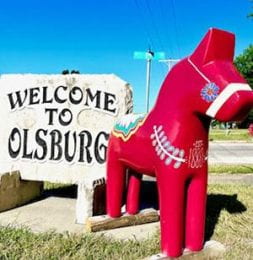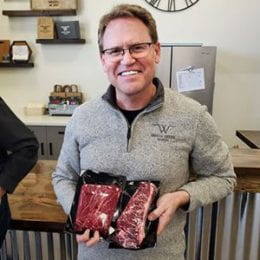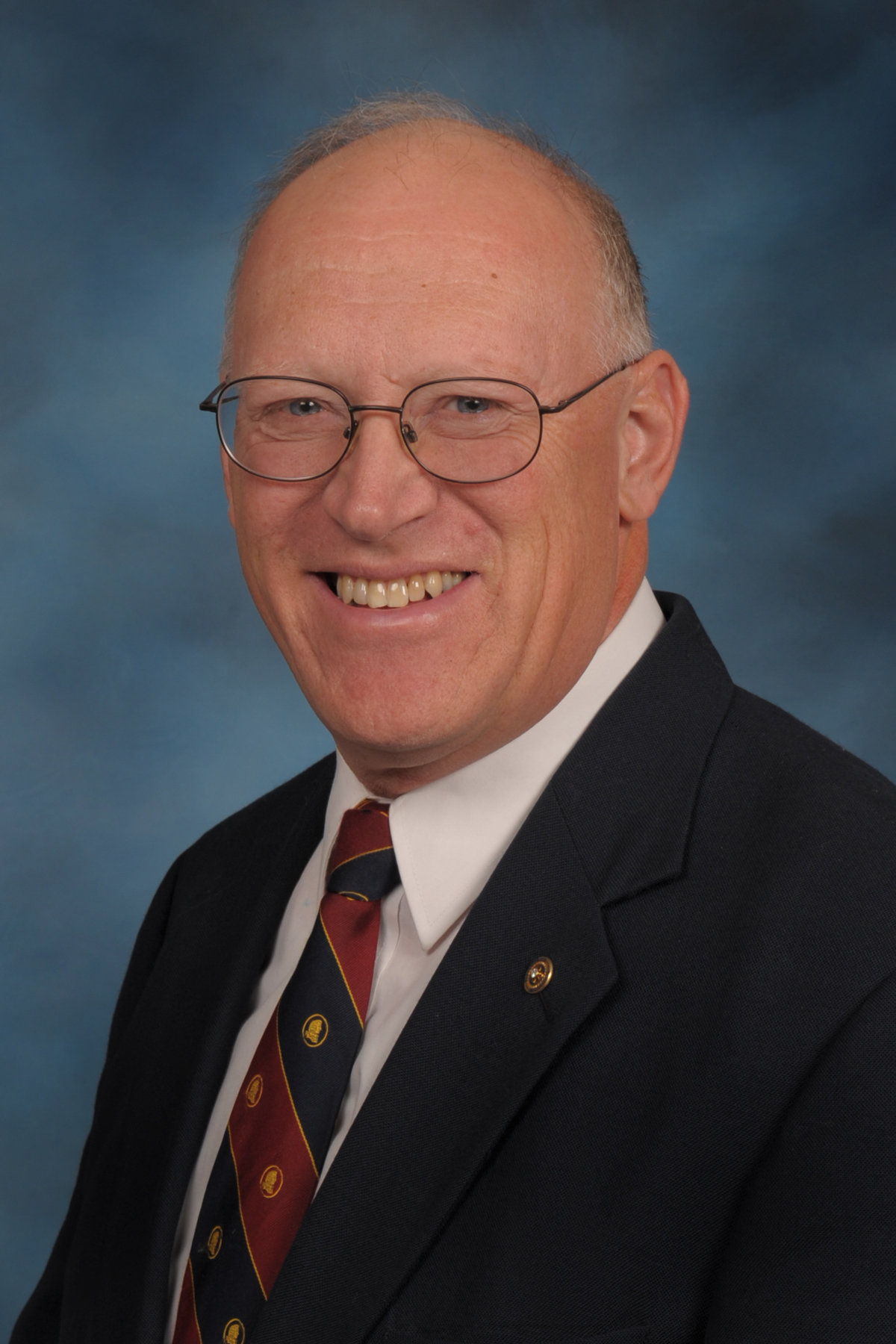
The horses are out! They’re all over town!
But these horses aren’t running away; they are standing strong for their community.
These are dala horses, the beautifully decorated horse-shaped figures that are a symbol of Sweden. Today we will visit a rural Kansas community that is using dala horses to beautify the town and engage its people.
Tami Howland is president of Olsburg’s Kansas PRIDE program, now known as Kansas Community Empowerment. Howland also works at Union State Bank in Olsburg.
The town was founded in 1880 by an immigrant Swede named Ole Thrulson. Originally named Olesburgh, the name was later shortened to Olsburg. One Swedish tradition is the display of dala horses: wooden carvings of horses that are painted and displayed outside homes and businesses.
PRIDE members wanted to enhance the community. In 2021, they received an anonymous donor’s gift to be used for beautification.
Using the Swedish theme, PRIDE members decided to launch a public art project consisting of large dala horses to be decorated by local businesses and organizations. The project received a matching grant from the Kansas Creative Arts Industries Commission, which is supported by the National Endowment for the Arts. PRIDE members contacted a Nebraska company that produced fiberglass dala horses 3 1/2 feet tall.



